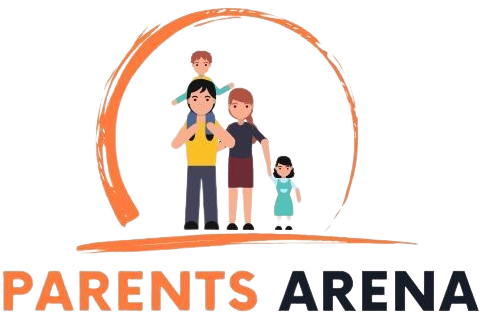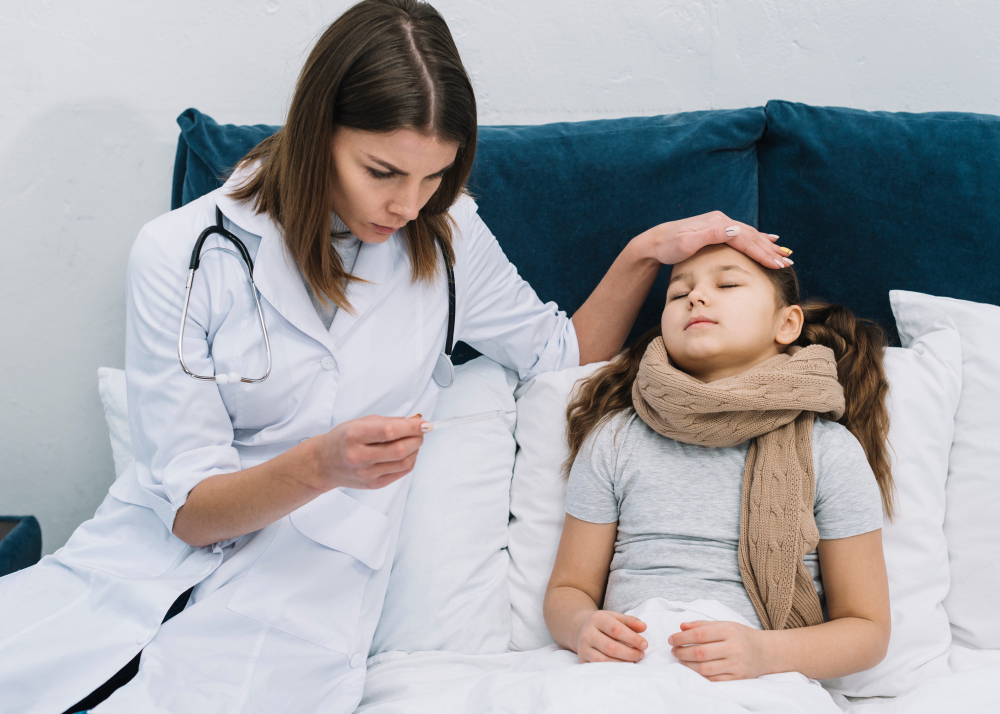As a parent or guardian, it’s imperative to be well-informed about standard childhood illnesses and their symptoms. Respiratory Syncytial Virus (RSV) is one such infection that can affect children, particularly infants and toddlers. Understanding RSV symptoms in kids is essential for convenient diagnosis and cure. Throughout this blog, we will discuss what RSV is, its symptoms in children, and prevention measures.
What is RSV?
RSV – Respiratory Syncytial Virus is a common respiratory virus that can impact people of all ages, but it’s most concerning for infants and young children. RSV is highly infectious and usually spreads through respiratory droplets when an infected person coughs or sneezes. It typically circulates during the fall and winter months, making it a prevalent concern for parents during these seasons.
Common RSV Symptoms in Kids
RSV can emulate the signs of the common cold or flu in older children and adults. Nonetheless, in infants and young children, RSV can lead to more severe respiratory symptoms. Here are the specific RSV symptoms in kids:
Coughing and Sneezing: Children with RSV usually have a persistent cough and may sneeze frequently.
Runny or Stuffy Nose: RSV can cause nasal congestion, leading to a runny or stuffy nose.
Fever: A low-grade fever is expected in RSV-infected children, but some may have higher fevers.
Wheezing: Wheezing, a high-pitched whistling sound when breathing, RSV symptoms in kids cases. It can be a sign of lower respiratory tract involvement.
Rapid Breathing: Infants with RSV may breathe more rapidly than usual, and their nostrils may flare with each breath.
Difficulty Breathing: In severe cases, RSV can cause significant breathing difficulties, including retractions (sucking in the chest muscles), which require immediate medical attention.
Irritability and Reduced Activity: Infants and young children with RSV may become fussier than usual and have decreased activity levels.
Loss of Appetite: RSV can lead to a reduced appetite in children, which can result in dehydration if not managed properly.
Blue Lips or Nails: This is a rare but serious symptom of severe RSV infection and requires immediate medical attention.
Preventing RSV Infections
Preventing RSV infections is vital, especially for high-risk children. Here are some preventive measures you can take:
Handwashing: Frequent handwashing is the first line of defense against RSV or RSV symptoms in kids and other contagious illnesses.
Avoiding Close Contact: Keep sick individuals away from babies, and limit close contact with anyone showing symptoms.
Cough and Sneezing Etiquette: Teach children to cover their mouths and noses when coughing or sneezing.
Vaccination: While there is no RSV vaccine, pregnant women can receive a vaccine called Synagis, which can reduce the severity of RSV in newborns.
Good Hygiene Practices: Disinfect frequently touched surfaces, and avoid sharing items like cups and utensils.
Respiratory Syncytial Virus can cause mild to severe symptoms in children, particularly in infants and those with underlying health conditions. Being aware of RSV symptoms in kids, its risk factors, and prevention strategies is essential for protecting your child’s health. If your child exhibits severe symptoms or has risk factors for severe RSV, consult a healthcare professional promptly. With the right knowledge and precautions, you can help keep your child healthy and safe from RSV and other contagious illnesses.

